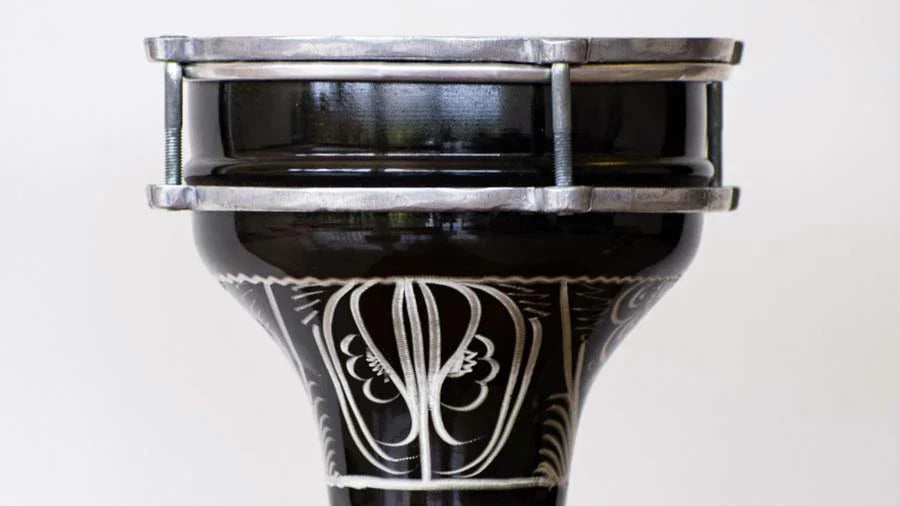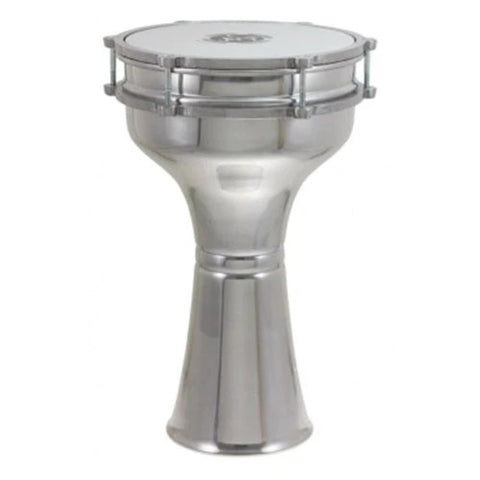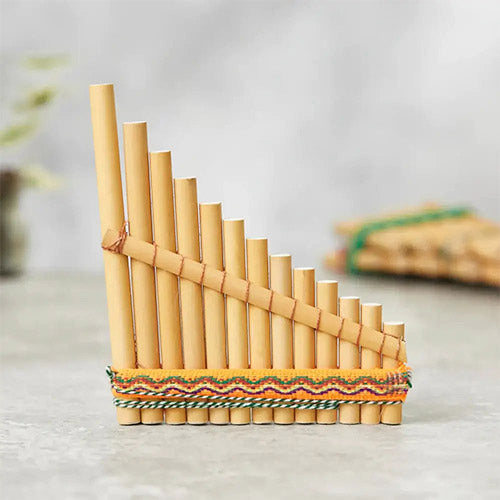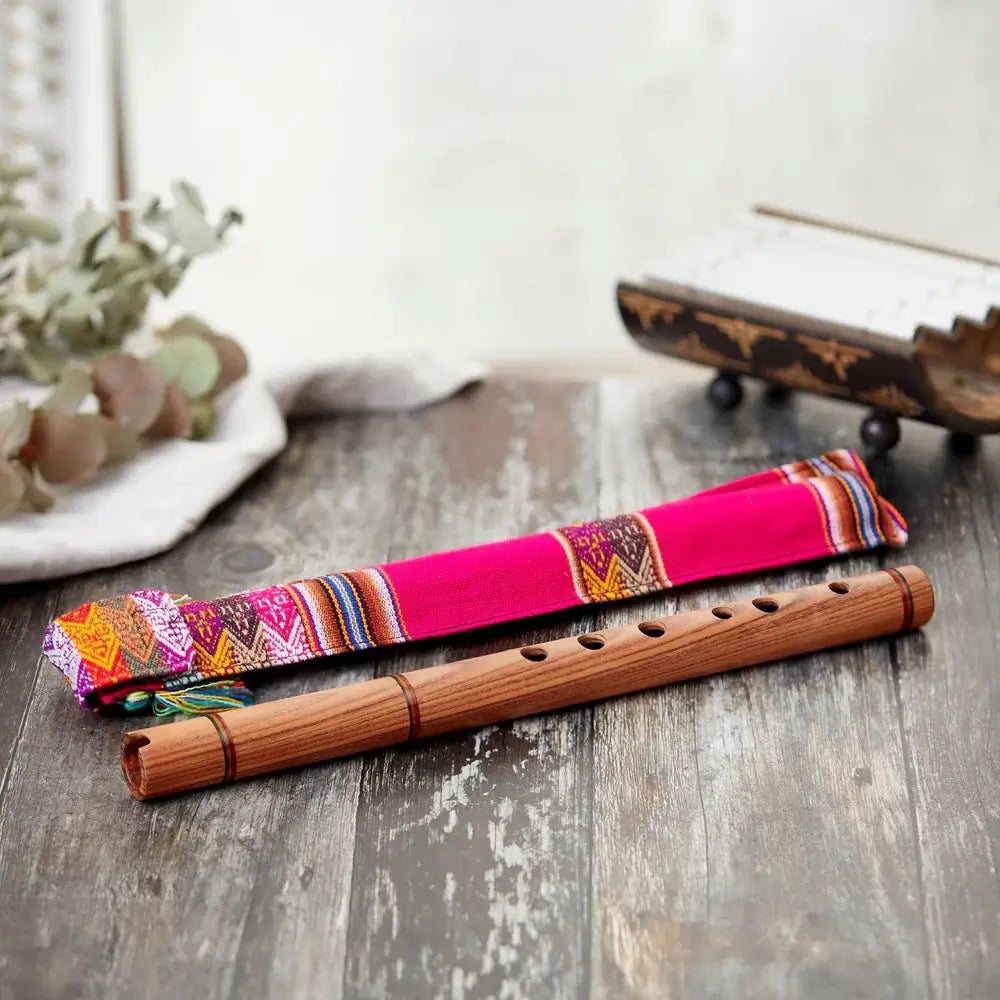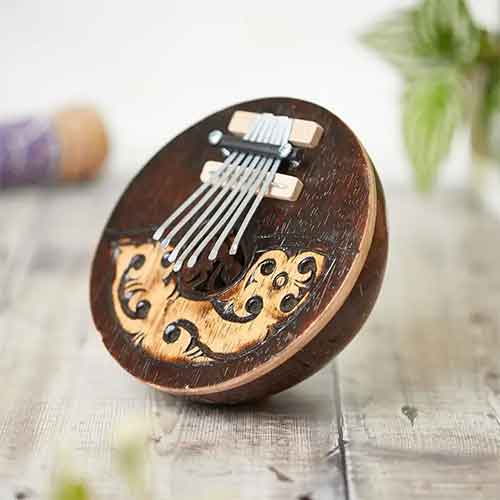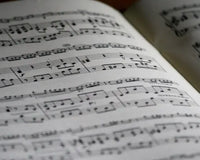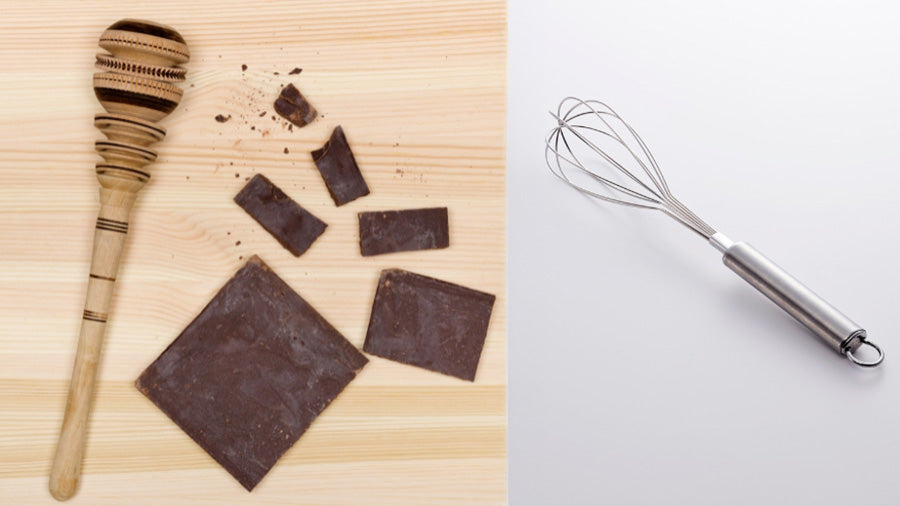Darbuka drums are an essential component of Middle Eastern music, as well as other cultural forms around the world. Their sound is unique, ranging from a deep bass to a high-pitched tinkling, and they have a long history of use in ritual and celebration. In this article, we’ll explore the origin of darbuka drums, their construction materials and sizes, their sound, and the types of music they can be used for. The hammered chamber drum produces a resonating and amplified sound, making it a favorite among street musicians, buskers, and professional players alike. In this blog post, we'll take a closer look at this fascinating and unique instrument.

Where did Darbuka drum originate?
Darbuka drums are an ancient percussion instrument that have a long and interesting history. This unique percussion instrument is believed to have originated in the Middle East over two thousand years ago. It has since spread to many different countries and cultures, and has gone through many changes to become the instrument it is today. The drum has since become an integral part of the music and culture , and its unique sound has influenced many other musical genres around the world.
The original darbuka was likely made from pottery, and was used to provide the beat for religious ceremonies and traditional music. Over the centuries, the instrument spread to other countries and cultures, and new designs were created using different materials like wood and animal hide. Today, darbuka drums are most commonly used in Middle Eastern music and dance. They provide the beat for traditional songs and dances, such as belly dancing.
They can also be used to create a wide range of sounds and rhythms, making them a popular choice for modern percussionists. In addition to its use in traditional music, the darbuka is also a popular instrument in modern music. It has been used in rock and pop music, as well as in jazz and electronic music. The instrument has been used to create unique rhythms, textures, and patterns that could not be achieved with other instruments. The darbuka has come a long way since its origin in the Middle East. It has become an important part of many cultures, and its sound has become a staple in many genres of music. No matter what style of music you like, chances are you have heard the distinctive sound of the darbuka at some point.
Construction of Darbuka Drums

Darbuka drums are typically made from a variety of materials, including clay, metal, and goat skin. Clay drums are the most common type, and they are often decorated with symbols and shapes that reflect the culture from which they originate. Metal drums are usually made from brass or copper, and they produce a brighter and sharper sound than clay drums. Goat skin is used to cover the top of the drum, and this provides the distinctive sound that is associated with darbuka drums. The heavy-duty drum produces a chiming sound around the edges, which gives it a magical touch
Sizes of Darbuka Drums
Darbuka drums come in a range of sizes, depending on their intended use. The smallest drums are often used for solo performances, while the larger drums are used for group pieces. The size of the drum will also affect the pitch of the sound it produces, with larger drums giving a deeper tone and smaller drums producing a higher pitch.
Sounds of Darbuka Drums
The sound of darbuka drums is one of the most distinctive aspects of Middle Eastern music. The unique combination of tones and pitches produced by the various drums creates a complex soundscape. Depending on the type of drum, the sound can range from a deep bass to a high-pitched tinkling.
Traditional and Modern Uses
The darbuka drum, also known as the goblet drum, has been an important part of traditional music for centuries. Its unique sound has been used to create a variety of sounds in different music genres, from traditional Middle Eastern music to modern electronic styles. In this blog post, we will explore the different types of music that utilize the unique sound of the darbuka drum and the role it plays in creating a particular sound. The traditional darbuka drum is usually made from a clay bowl and goat skin and is used mainly in Middle Eastern music, such as Turkish and Arabic. It is usually played with a small stick or bare hands, which allows for a range of musical effects. One of the most common effects of the darbuka is the arpeggio, which is a rapid series of notes that can be used to create a repeating melody. In traditional Middle Eastern music, the arpeggio is often played with a specific rhythm to create an exciting and dynamic sound.
In modern music, the darbuka is often used to create an electronic-style sound. This type of music will often feature a looped beat with electronic elements, such as synthesizers, being added to the mix. By adding a darbuka to the mix, the sound becomes more dynamic and exciting. Additionally, the darbuka can provide a unique percussion element to many genres, such as pop, hip-hop and house music. The darbuka is also an important part of modern Middle Eastern music. Many musicians have used the darbuka to create a variety of sounds, from traditional Arabic to contemporary electronic. As the darbuka is an important part of the traditional sound of Middle Eastern music, many modern musicians are using it in new and innovative ways.
Darbuka drum vs doumbek drum

The darbuka and the doumbek are two types of hand drums that are often confused as they look similar and originate from the Middle East. The darbuka is a goblet-shaped drum, usually made of copper or aluminum. It has one head, which is usually covered with animal skin, and is usually played with bare hands. The darbuka is often used for traditional music, such as Turkish, Arabic and Persian music, as well as for contemporary music. The doumbek is a round-shaped drum, usually made of clay or metal. It has two heads, one of which is covered with animal skin and the other with plastic or nylon. This drum is often used in Romanian, Greek, Assyrian and North African music, and is often played with small sticks. The main difference between the two drums is the shape and the material used. The darbuka is goblet-shaped and usually made of metal, while the doumbek is round-shaped and usually made of clay or metal. The sound of each drum is also different, as the doumbek produces a louder and sharper sound than the darbuka.
Playing the Doumbek
The doumbek is played by both beginners and advanced players, and it is easy to learn due to its simple technique. It can be played while standing or sitting, depending on the player's preference. To pronounce the word 'doumbek' correctly, the emphasis is on the first syllable 'doum', followed by 'bek'.
If you're interested in playing the doumbek, it's best to start with learning basic rhythms and techniques. There are many online resources and tutorials available that can help you get started. The drum also comes with a carry bag and case, which makes it easy to transport and store.
Is the darbuka drum a type of djembe?
Yes, the darbuka is a type of djembe drum although it has a deeper sound than the djembe, with a sharp attack and quick decay.
Where can you buy a darbuka drum?
When it comes to purchasing a darbuka drum, there are many things to consider. The material it is made from, the craftsmanship involved in making it, the size, shape and weight. Cheaper darbuka drums will generally be made from lower quality material, use cheaper manufacturing processes and may be made from cheaper woods or plastics. It's important to purchase a drum from a reputable music shop to ensure there are no structural or aesthetic issues, as these can affect the sound quality. Additionally, it’s good to listen to the drum before buying to determine the sound quality and the resonance. Generally, an expensive drum will offer more in terms of sound quality and will last longer than a cheaper drum but this is not always the case.
We have a wide selection of handmade high quality musical instruments and sound demos of each one which means you can buy a darbuka drum from us and listen to it beforehand to make sure that it suits your taste or alternatively you can search on Amazon for a darbuka drum although it may be more difficult to find an authentic instrument of high quality at a good price. No matter which option you choose, you will have the opportunity to explore and discover the world of darbuka drums.
Up Next: The Differences: Bongo vs Tabla

